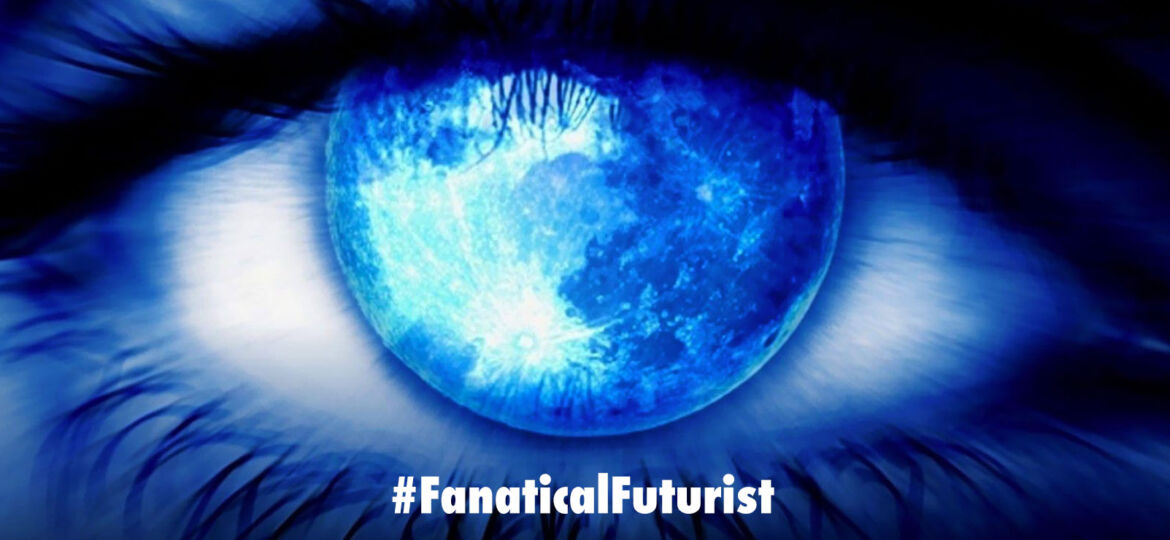
WHY THIS MATTERS IN BRIEF
Augmented Reality glasses and Virtual Reality headsets use complex computers and optics to create their effects, researchers believe they can eliminate these overheads by beaming the images directly into your eyes.
Researchers have proposed a new way to build Augmented Reality (AR) smart glasses that rather than relying on lenses project images directly into the human eye , and even though their product is at the conception stage they believe the new approach could one day shrink down smart glasses and AR headsets into almost nothing, and make them indistinguishable from everyday eyewear. And the lenses in smart glasses aren’t the only lenses under attack by researchers either after a team in the US became the first in the world to create a lens-less camera by using Artificial Intelligence (AI) to turn a standard window into a camera.
At the moment the teams concept is just that but they say that the first prototype will be able to render texts and icons and then after that they’ll begin focusing on projecting video into the eye.
“Rather than starting with a [traditional] display technology and trying to make it as small as possible, we started with the idea that smart glasses should look and feel like normal glasses,” said research team leader Christopher Martinez of technology research institute Leti. “Developing our concept required a great deal of imagination because we eliminated the bulky optical components typically required and instead use the eye itself to form the image. We don’t bring an image to the surface of the glass, but instead bring information that is emitted in the form of photons to make the image in the eye.”
The concept works by rapidly projecting individual pixels into the eye, which the brain translates into an image. A combination of holographic optics and a semiconductor grid adjusts the phase and coherence of the photons to make sure the image is sharp. But despite the fact that this is still in the concept stage the researchers believe the first model will have a 300 x 300-pixel monochrome display, and it’ll be possible to mount two of these one on top of the other. However, the technology isn’t limited to square displays.
“Using a holographic element to form a retinal display is quite different from the traditional grid of pixels used for traditional displays,” Martinez explains. “For example, information could be projected to the left and right portions of the field of view with no information in between, without increasing the complexity of the display.” Which is something that is impossible using standard lenses.
The researchers say the technology could help people who experience compromised vision, in a similar way that Virtual Reality (VR) is being used to help blind people see again, with the projection adaptively being able to compensate for any visual impairments to display text.
The research, entitled the See-Through Holographic Retinal Projection Display Concept, has been published in Optica and is available online.
Source: The Optical Society
















